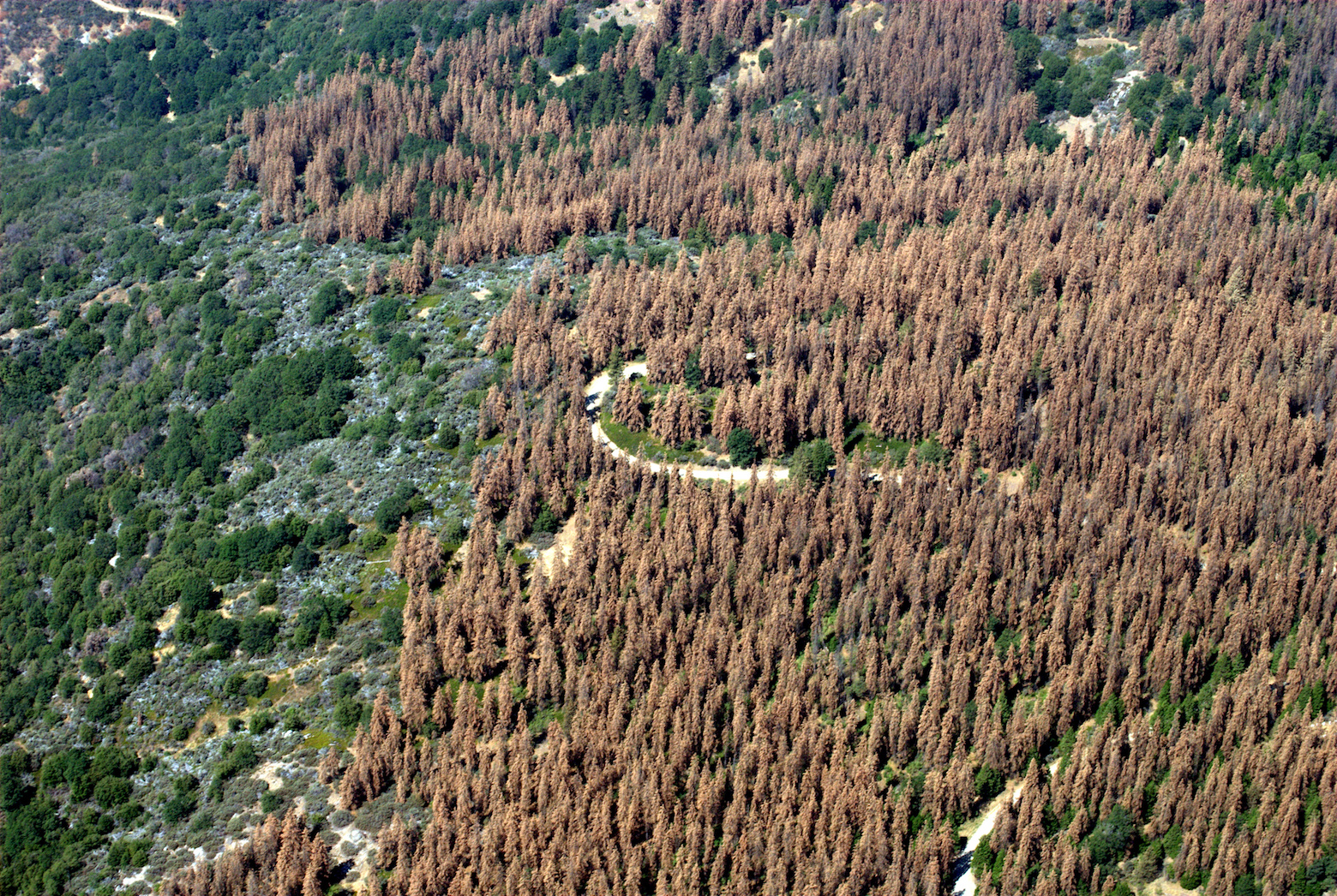
Forest loss in the western US threatens trees across the country
Researchers at the University of Washington (UW) have demonstrated that when forest disappears in one region of the country, the impacts are echoed on the other side of the continent. The experts are describing how the effects of forest loss ricochet across the atmosphere, affecting conditions for plant growth thousands of miles away.
Study first author Abigail Swann is a UW assistant professor of Atmospheric Sciences and Biology.
“These smaller areas of forest can have continental-scale impacts, and we really need to be considering this when we’re thinking about ecological changes,” said Professor Swann. She explained that these far-off effects are widely accepted in the atmospheric sciences community, but the concept is just beginning to catch on among ecologists.
The largest impacts observed in the study were from forest die-offs in California, where millions of trees have been lost in what the state’s government has referred to as “the worst epidemic of tree mortality in modern history.”
For the investigation, the researchers divided mainland United States into the 18 regions used in the National Ecological Observatory Network. Next, they used a climate model to simulate the removal of existing forest cover from each of the 13 regions with the most trees to examine the resulting conditions across the country.
Although the Pacific Southwest region had the smallest total area of tree cover, removing these trees caused the most large-scale damage, reducing vegetation in the Eastern United States.
Professor Swann explained that further research is needed to identify the precise mechanisms involved, but it seemed that Eastern summers became subsequently warmer and harmed plant growth.
“Forest loss is disrupting or changing the flow patterns in the atmosphere that is leading to a slightly different summertime climate in the eastern part of the country,” said Professor Swann.
“It’s very analogous to El Niño or ‘the blob,’ something that’s occurring that causes the atmosphere to move around, which causes these warmer or cooler conditions, or wetter and drier conditions, somewhere else.”
Professor Swann added that the climate changes are smaller over land, but still comparable to the weather shifts of an El Niño cycle.
The study also revealed other Western regions, such as the Northern Rockies and the Great Basin region, where vanishing forests would lead to negative repercussions for plant growth in the eastern half of the country.
The study indicates that current forest loss in Western regions is significant enough to trigger changes in plant growth over large regions of the country, even though these changes may be too small to detect.
“There’s some pretty extensive, widespread forest loss going on,” said Professor Swann. “The changes we made in the model are bigger, but they’re starting to converge with things that we’re actually seeing.”
“These results show that we need to start thinking about how altering vegetation in one place can affect plants elsewhere, especially in the context of climate change.”
The research is published in the journal Environmental Research Letters.
—
By Chrissy Sexton, Earth.com Staff Writer
Image Credit: US Forest Service













